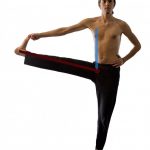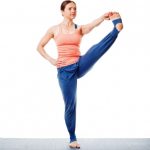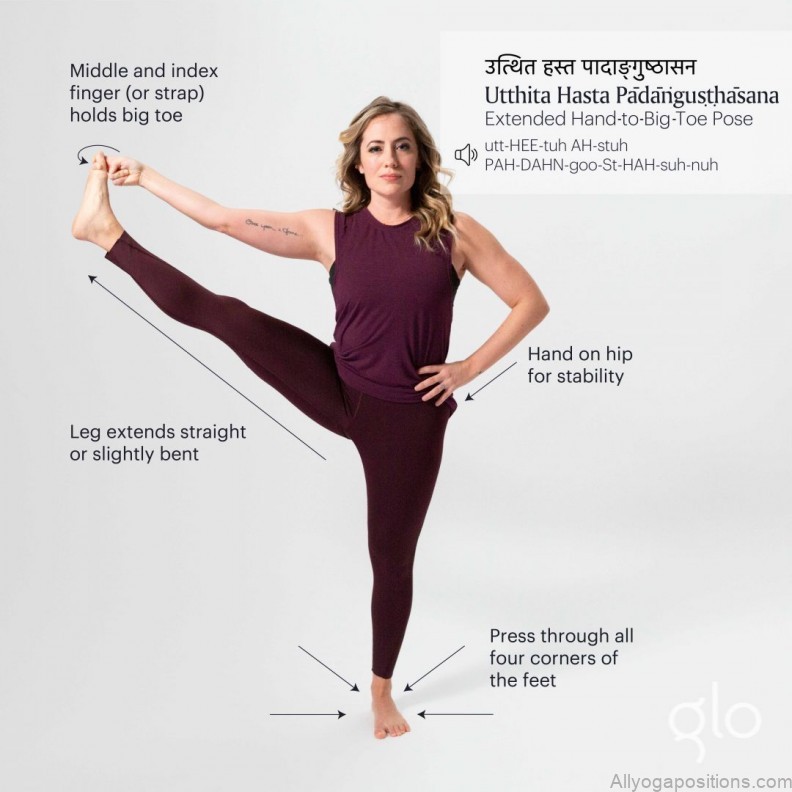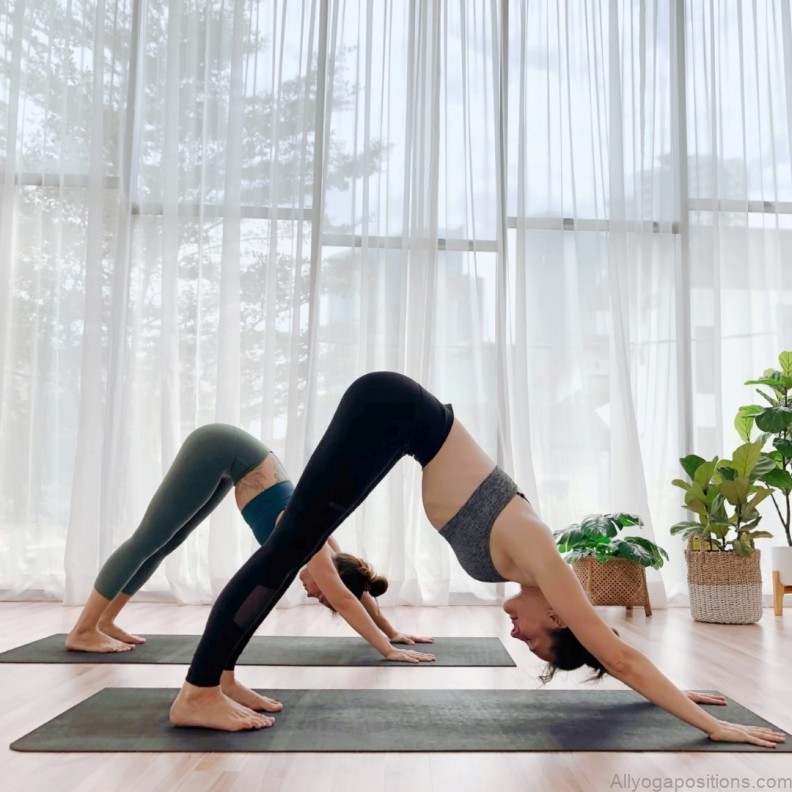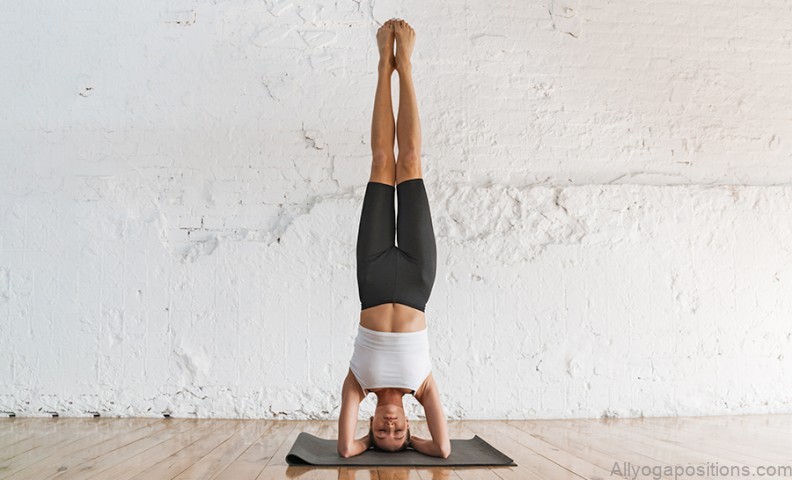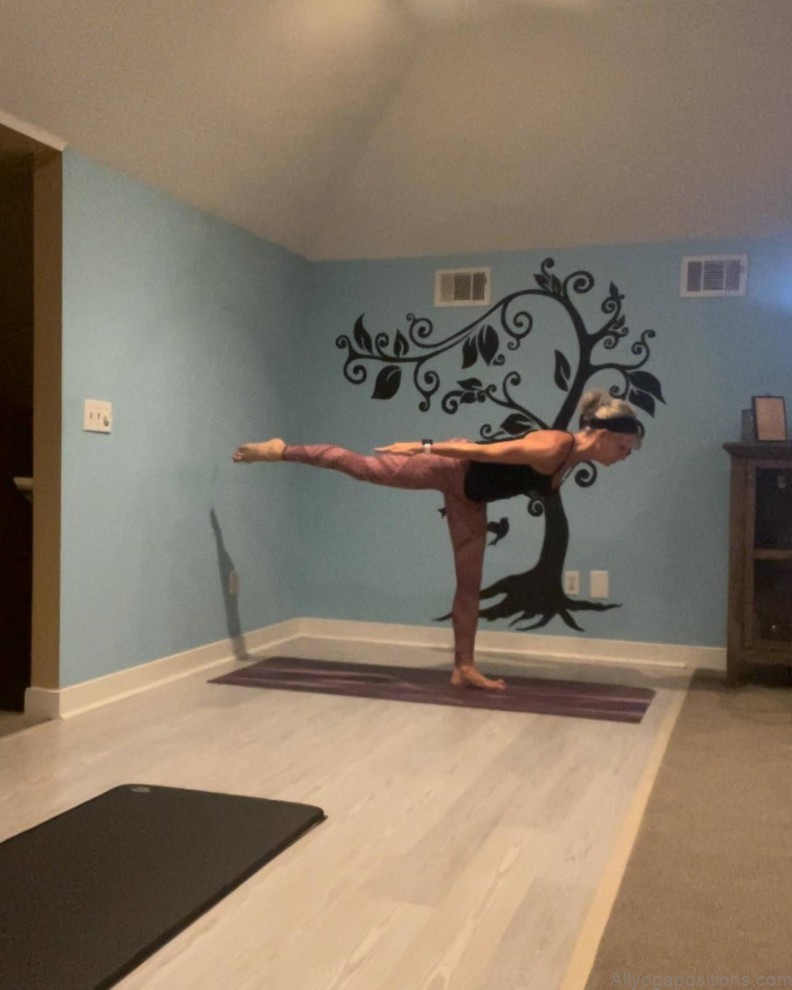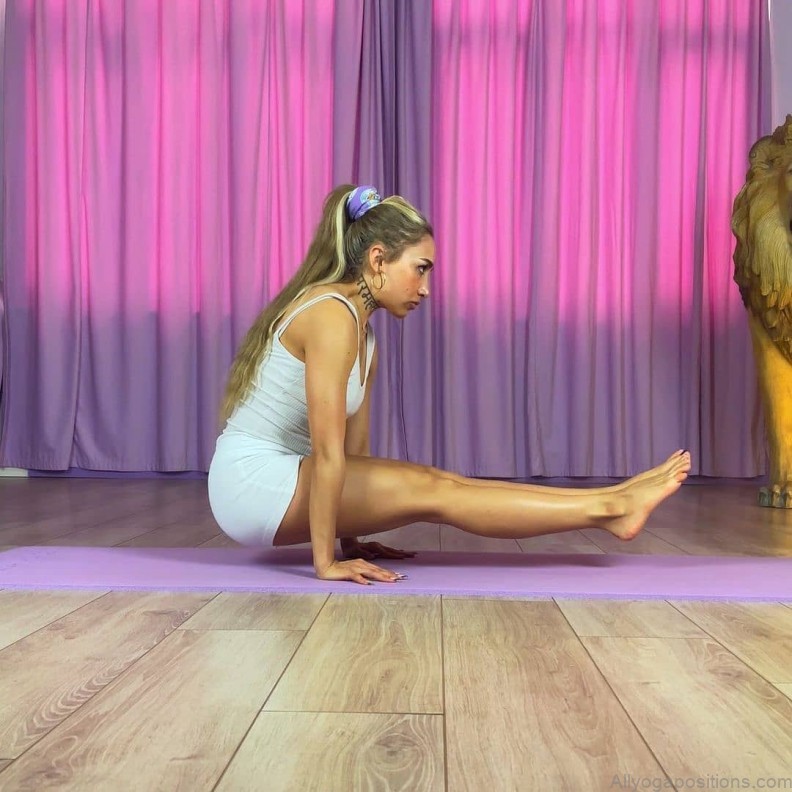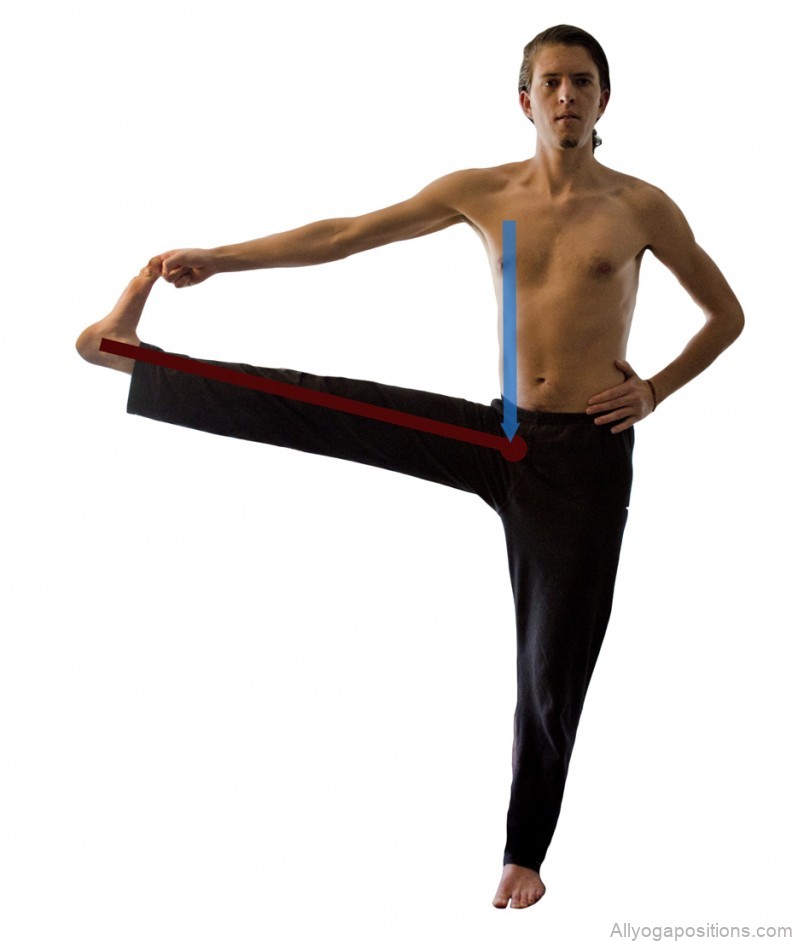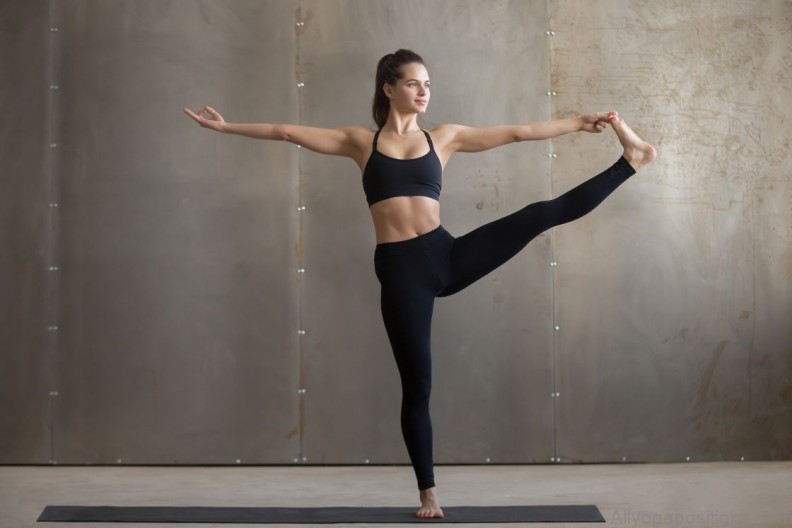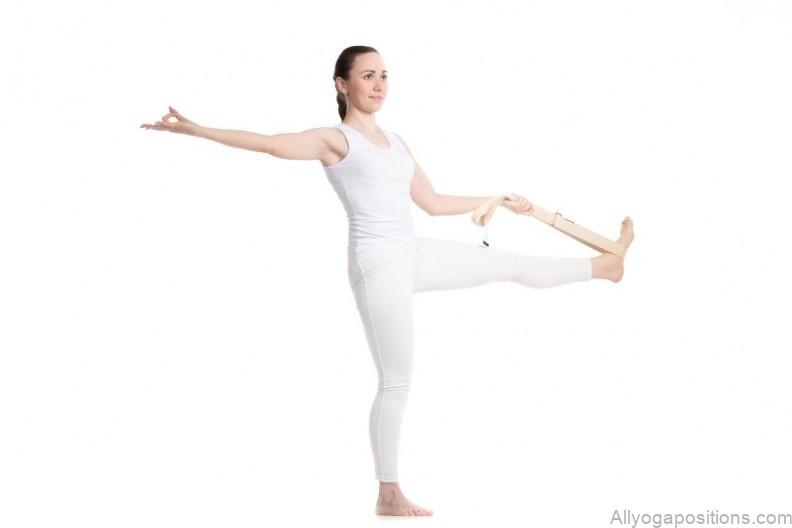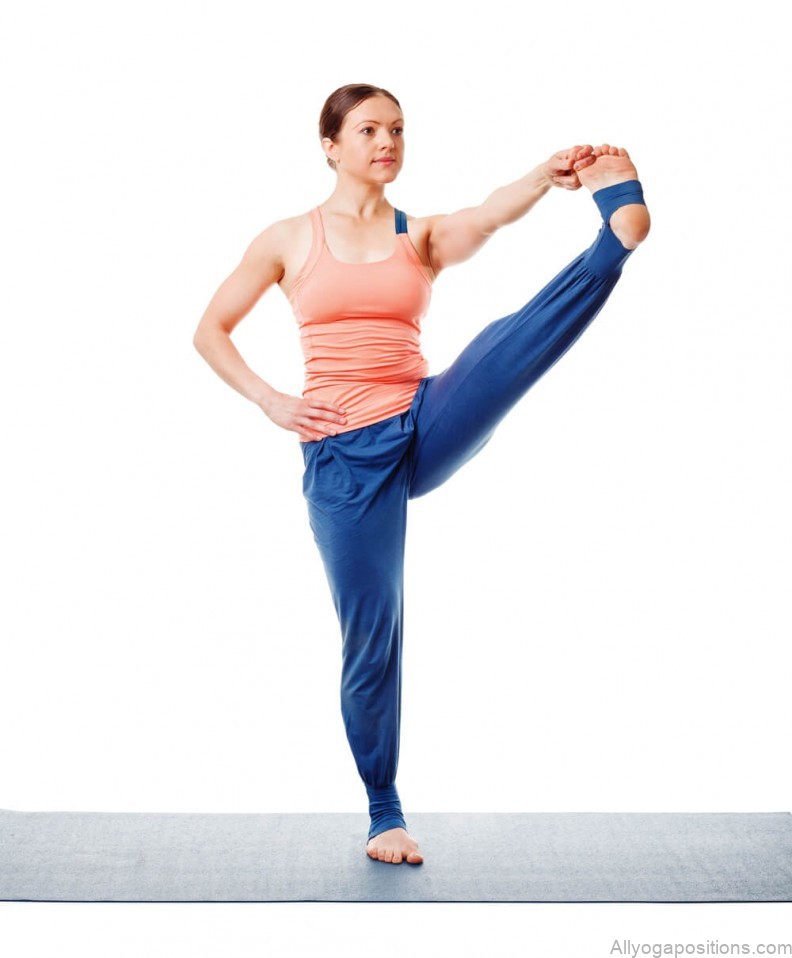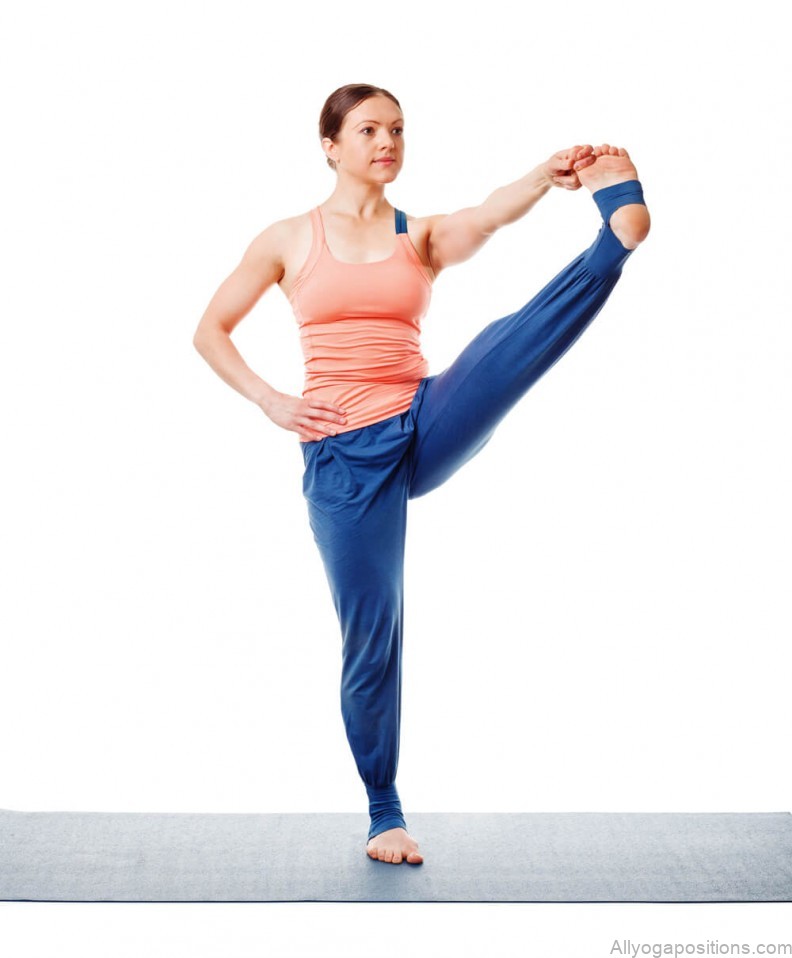Introduction
Utthita Hasta Padangushthasana B, also known as Extended Hand-to-Big-Toe Pose B, is a standing yoga pose that offers a range of benefits for the mind, body, and spirit. In this blog post, we will dive into the various aspects of this pose, including its benefits, alignment principles, variations, and important tips for practicing safely and effectively.
Understanding Utthita Hasta Padangushthasana B: An Overview Utthita Hasta Padangushthasana B is a standing balance pose that requires focus, strength, and flexibility. It is an intermediate-level asana that builds upon the foundational pose of Utthita Hasta Padangushthasana A. The pose involves standing on one leg while extending the opposite leg forward and holding the big toe with the corresponding hand.
Exploring the Utthita Hasta Padangushthasana B Yoga Pose: Benefits, Alignment, and Variations Photo Gallery
Benefits of Utthita Hasta Padangushthasana B
- Improves balance and stability: The pose challenges your balance, helping to strengthen the muscles in your feet, ankles, and legs.
- Increases flexibility: Utthita Hasta Padangushthasana B stretches the hamstrings, hips, and groin, enhancing overall flexibility.
- Strengthens the core and leg muscles: Maintaining balance in this pose requires engagement of the core muscles, quadriceps, and glutes, leading to increased strength.
- Enhances focus and concentration: The pose demands concentration and mindfulness, fostering mental clarity and focus.
- Develops body awareness: By practicing Utthita Hasta Padangushthasana B, you cultivate a deeper connection with your body, enhancing proprioception and spatial awareness.
Aligning Your Body for Utthita Hasta Padangushthasana B Proper alignment is crucial to ensure maximum benefits from the pose while minimizing the risk of injury. Here are the key alignment principles to consider:
- Stand with a stable foundation: Begin in Tadasana (Mountain Pose) with both feet firmly grounded and parallel to each other.
- Engage the core: Activate the abdominal muscles to support the spine and maintain stability.
- Keep the standing leg active: Distribute your weight evenly throughout the foot of the standing leg, engaging the muscles of the leg for stability.
- Lengthen the spine: Maintain an upright posture with a long spine, avoiding any rounding or arching of the back.
- Extend the lifted leg: Reach the leg forward while keeping it straight, flexing the foot and engaging the quadriceps.
Variations to Deepen Your Practice
- Supported Utthita Hasta Padangushthasana B: Utilize a wall or a chair for support, allowing you to focus on alignment and gradually deepen the pose.
- Bound Utthita Hasta Padangushthasana B: Integrate a binding action by holding the extended leg with the opposite arm, bringing an added challenge to the pose.
Table of Contents
Maybe You Like Them Too
- Mastering Virabhadrasana A: The Warrior Pose of Empowerment
- Embracing the Essence of Wide Legged Forward Bend: A Deep Dive
- Unlocking the Power of Prasarita Padottanasana: The Wide-Legged Forward Bend
- The Power and Elegance of the Wide Legged Forward Bend II Yoga Pose
- Mastering the Warrior II Pose: A Deep Dive into Its Benefits and Techniques









